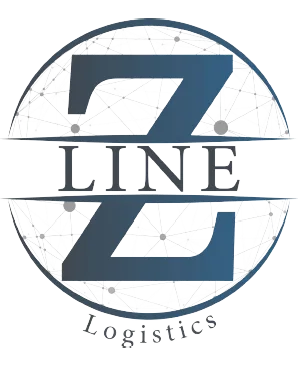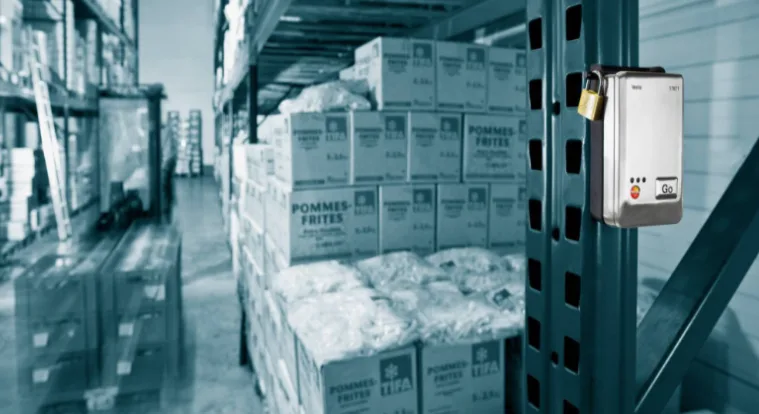Table of Contents
As for global supply chains, only some sectors require such precision and control as the cold chain.
With rising demand for temperature-sensitive products, the need to have an intact cold chain becomes highly essential.
Products from pharmaceuticals and perishable foods to vaccines and biotechnological materials all require a consistent cold chain to maintain the quality and effectiveness of their various goods.
In this post we shepherd through the several types of cold chain logistics in UAE each meant to address the unique needs of different industries. The types of cold chain — the broadly used term for temperature-controlled logistics, embraces areas way beyond conventional refrigeration.
It embodies a wide range of advanced systems, technologies, and transport facilities all working together to provide timely and appropriate delivery for temperature-sensitive goods.
The differences in the types of cold chain that maintain the quality, safety, and functionality of products at all stages from origin to final destination are discussed.
This investigation reveals how the types of cold chain logistics helps to sustain the world’s supply system with an effective flow of important goods through refrigerated trucks, cold storage warehouses, and the development in temperature monitoring technologies.
Therefore, let us strap ourselves in for a winter story to the core of cold chain logistics where accuracy meets up with preservation and innovation comes to terms with need.
What Is a Cold Chain?
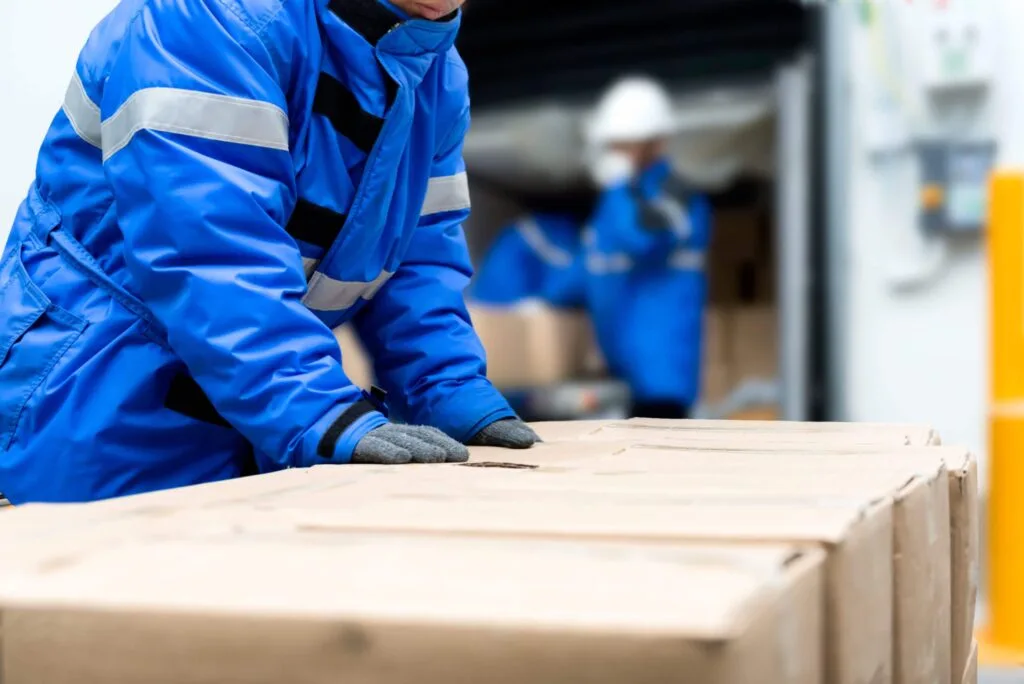
A cold chain is a temperature-based supply chain that helps in maintaining the integrity and quality of products, especially those whose properties might be altered when exposed to different temperatures.
This complex logistics process includes the transport, storage, and distribution of goods within a defined temperature range to prevent them from bacterial activity.
Cold chain is necessary for many industries including pharmaceuticals, health care food, and biotechnology that use products such as vaccines, drugs, and perishable foods amongst other temperature-sensitive goods.
Key components of the cold chain include:
Transportation
Refrigerated Trucks: Refrigerated transport vehicles.
Reefer Containers: Specialized containers used for shipping products across the sea or by air, with constant controlled temperatures.
Storage
Cold Storage Warehouses: Allowances with cool rooms for storing perishables.
Refrigerators and Freezers: Products are stored in pieces of appliances at prescribed temperatures.
Monitoring and Control
Temperature Monitoring Systems: Technological innovations which monitor and register temperature conditions during transportation and storage.
Data Loggers: Devices that record and retain information throughout the cold chain process.
Regulatory Compliance
Adherence to Regulations: Industry compliance and government regulations to keep products safe and effective.
Good Distribution Practices (GDP): Standards for dispensing pharmaceutical products to ensure its quality.
The cold chain is an important component in the preservation of quality and safety from temperature-sensitive commodities that finally restore consumers’ health while ensuring products arrive at optimal conditions.
What Is The Importance of The Types of Cold Chain?
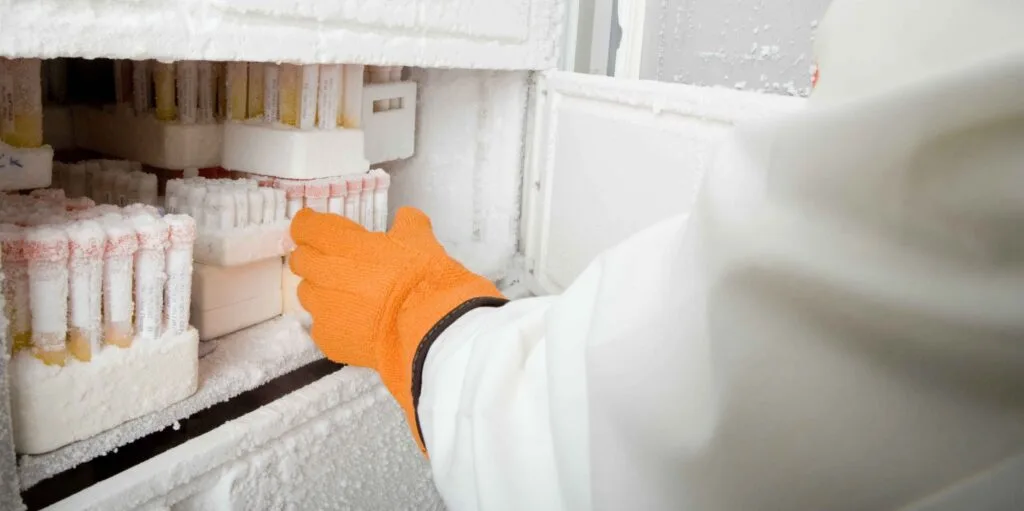
Primarily, the cold chain plays an invaluable role within various industries by ensuring that temperature-sensitive products are safe and effective.
Here are key reasons highlighting the importance of the cold chain:
Preservation of Product Quality
Pharmaceuticals and Vaccines: The stability of many medications, vaccines, and biotechnological products depends on their temperature conditions. It guarantees that these products retain their quality, potency, and efficacy along the supply chain.
Perishable Foods: The cold chain is crucial for the preservation of the freshness, nutritional value and safety of perishable foods preventing spoilage to lengthening their shelf life.
Public Health and Safety
Vaccines and Medicines: Health vaccines and drugs must be kept effective. The cold chain eliminates the deterioration of these products, thus maintaining them viable and effective for use.
Food Safety: Food safety is ensured by cold chain logistics because bacteria grow, contamination occurs and food spoils threatening diseases in cases of perishable foods.
Compliance with Regulations
Pharmaceutical Industry: There are tight rules on the storage and transportation of pharmaceuticals by regulatory bodies. Compliance with these regulations, including Good Distribution Practices (GDP), is essential to ensure the continuity of product quality.
Food Industry: Food safety regulation is the maintenance of temperatures during the transportation and storage of perishable goods. This compliance is provided by the cold chain.
Reduction of Product Losses
Minimizing Spoilage: Temperature control in the cold chain reduces product deterioration, minimizing losses and avoiding wastage. This is especially relevant in terms of perishable food and costly pharmaceuticals.
Global Trade and Market Expansion:
International Trade: A cold chain is created through which industries can participate in international trade enabling them to have a global market.
Access to Diverse Products: Global consumers can now enjoy a wider range of products ranging from fresh perishables to medicines and other specialty items, which could be moved via borders with quality maintained.
Consumer Confidence
Reliability and Trust: Confidence in consumers can increase because the cold chain guarantees that sold products – especially those with specific temperature requirements are reliable in terms of quality and safety.
What Are The Types of Cold Chains?
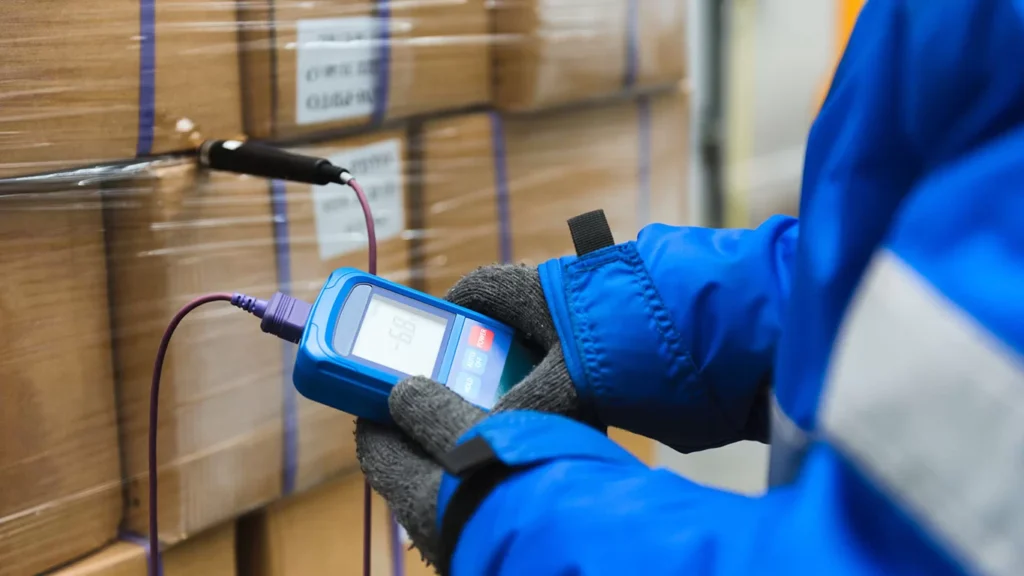
The cold chain is composed of different kinds, designed for specific applications in various industries and products. Here are some key types of cold chain:
Pharmaceutical Cold Chain
Temperature-Sensitive Medications: Assures the safe shipment and preservation of pharmaceutical goods, such as vaccines, insulin, etc., and biotechnological drugs that require temperature control.
Food Cold Chain
Perishable Foods: Handles the warehousing and distribution of perishable commodities including fruits, vegetables, milk products, and frozen foods which should be delivered to final consumers as high-quality safe food.
Biotechnology Cold Chain
Biological Samples and Reagents: It concerns the transportation and storage of biological materials sensitive to temperature, reagents as well as samples used for biotechnological processes or research.
Chemical Cold Chain
Specialized Chemicals: Heats them without causing a reaction that could lead to degradation of the chemicals or harm.
Organ Transplant Cold Chain
Human Organs and Tissues: Handles the transportation of human organs and tissues for transplantation-making sure that these remain viable till they are delivered efficiently to recipients in good condition.
Seafood Cold Chain
Fresh and Frozen Seafood: Maintains the freshness and quality of seafood as it is transported from fishing grounds to processing plants down to consumers.
Floral Cold Chain
Cut Flowers and Plants: Controls flower and plant movement to ensure freshness, and enhance cut length in distribution.
Dairy Cold Chain
Milk and Dairy Products: Concentrates on keeping milk, cheese and yogurt quality standards from factories to distribution centers.
Electronic Cold Chain
Electronic Components: Secures controlled transportation and storage of temperature-sensitive electronic devices and components.
In addition, cold chains hold their own special processes, pieces of equipment, and technologies in maintaining the necessary temperature circumstances throughout the supply chain. The right handling of these varying cold chains is essential for industries to provide products that comply with quality and safety parameters.
FAQs About The Types of Cold Chain
How many types of cold chains are there?
There are two main types of cold chains: active cold chain and passive cold chain.
What are the 4 cold chain equipment?
The four main types of cold chain equipment are refrigerators, freezers, cold rooms, and insulated containers.
What are the 3 main components of the cold chain?
The three main components of the cold chain are storage, transportation, and handling, all of which are crucial for maintaining the temperature integrity of perishable goods.
What is an active and passive cold chain?
Active Cold Chain: Involves the use of powered refrigeration equipment to actively control and maintain the temperature within a specified range during storage and transportation.
Passive Cold Chain: Relies on insulated packaging and coolant materials to maintain the desired temperature without the use of external power sources, often used for shorter durations or in areas with limited infrastructure.
In conclusion, the diverse types of cold chains underscore its versatility in safeguarding a range of temperature-sensitive products.
From pharmaceuticals and foods to biotechnology and aerospace components, each cold chain variant is tailored to the unique demands of its respective industry.
Together, these specialized chains play a pivotal role in ensuring the quality, safety, and efficacy of products across various sectors, highlighting the indispensable nature of temperature-controlled logistics in today’s global supply chain.
